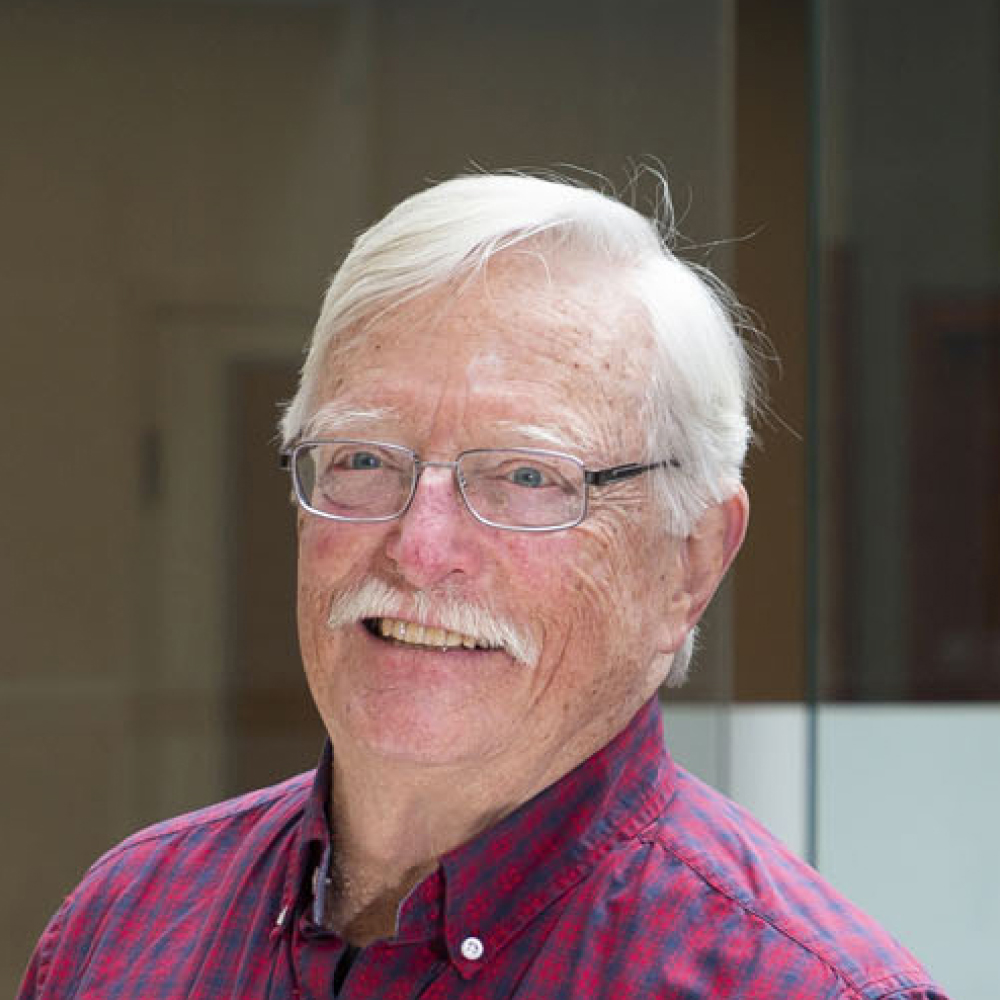
Department
Website
Google ScholarContact
Office Location Farquharson Building, 103Phone Number (416)736-2100 x 33140 (Voicemail)
Research Focus
Four major research strategies are employed in systems neuroscience: single unit physiology, psychophysics, human brain imaging, and neural modeling. My research combines the latter three of these techniques to elucidate visual system function. We also incorporate data from single unit neurophysiology into our neural models of human brain function.
Our current work is focused on understanding the neural basis of higher level cortical form vision. It is well known that neurons in primary visual cortex (V1) operate locally to extract the orientation of contours, while neurons at the highest levels of form vision in inferior-temporal cortex (IT) respond to globally meaningful stimulus configurations such as faces and objects. What neural transformations intervene between V1 and IT to combine local orientation information in order to extract global shape information? Our recent psychophysical research shows that an intermediate level of the cortical form vision system contains distinct groups of units that respond to global concentric and radial orientation configurations within the stimulus. Human brain imaging studies using fMRI, which we have just completed, demonstrate that these units are present in human V4, which receives input from V1 and in turn projects to IT. We have now developed quantitative neural models of these V4 configural units that are consistent with contemporary physiological data on neural responses in primate V4. We are now beginning to use these neural models to process images of faces and letters of the alphabet. This leads to a new spectrum of questions including: (1) How are neural codes flexibly constructed out of configural unit responses so as to be size invariant and (within limits) rotation invariant? (2) How do these neural codes respond to the shape changes engendered by alterations of emotional expression on a face? (3) What are the differences between neural coding for pattern recognition and coding for visually guided grasping and manipulation? These and many related issues will be approached via a combination of psychophysics, modeling, and fMRI.
Sub-Disciplines
Visual Psychophysics of Form & Motion Perception, Neural Theory & Modeling of Visual System Function, fMRI Imaging of Vision




